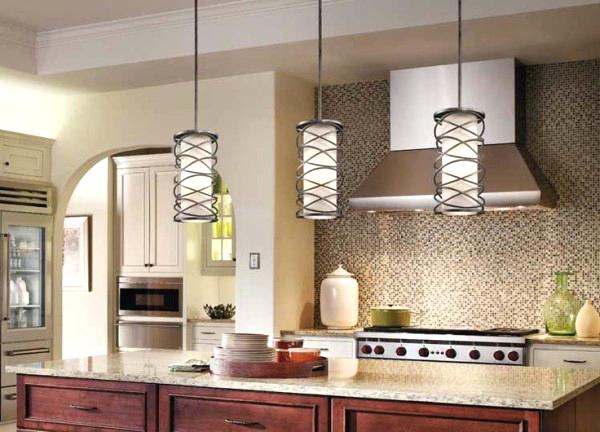LED lighting is getting popular these days. A lot of people have seen tons of benefits once they switched to this type of lighting. If you are still using traditional lights like fluorescent and halogen, it is time to shift to LED. Here are some more surprising benefits that will surely make you forget traditional lighting options.

- They won’t get hot
Unlike fluorescent and incandescent bulbs, LEDs don’t get too hot. You can touch them after hours of use and they will still not be as hot as other types of lights. This means there is less risk of accidental fires or skin burns. You will also save more money with LED lights. There is no wonder why museums and art galleries have already started using LED lights, as they need to use such lights for several hours each day and they have to keep the lighting cool.
- There are no emissions
We have all been taught about the harmful effects of UV rays from the sun. The truth is that UV emissions do not just come from the sun. They can come even from the lights used at home. LED lights have little to no UV emissions. It means that they are safer to use. They are also perfect for museums since artwork or exhibits on display are often sensitive to heat. The materials used for the frames, or exhibit cases, are also very sensitive.
- Light focus
LED lights are more popular as spotlights. In the past, external reflectors were necessary in order to focus the light on just one object. Light naturally disperses. However, with LED lights, there is higher application efficiency. LED lights that are well-designed have a better capacity to deliver a beam of light directly to the desired location.
- No flickering
Isn’t it annoying when the lights you use at home start to flicker? It does not just affect your vision, but it is also like being in a horror movie. This can be avoided with the help of LED lights. Fluorescent lights, on the other hand, will not provide optimum illumination until they have been running for a few minutes.
These are just some of the many benefits you will get from using LED lights. Whether you are planning to use them at home or for an art gallery, you will never go wrong with LEDs.
You can shop for LED lighting solutions in your local stores or just go online and find the best lights from sites like www.downlightsdirect.co.uk. They may be slightly costly compared with traditional lights, but you will still save a lot of money in the long run, as they last longer.





